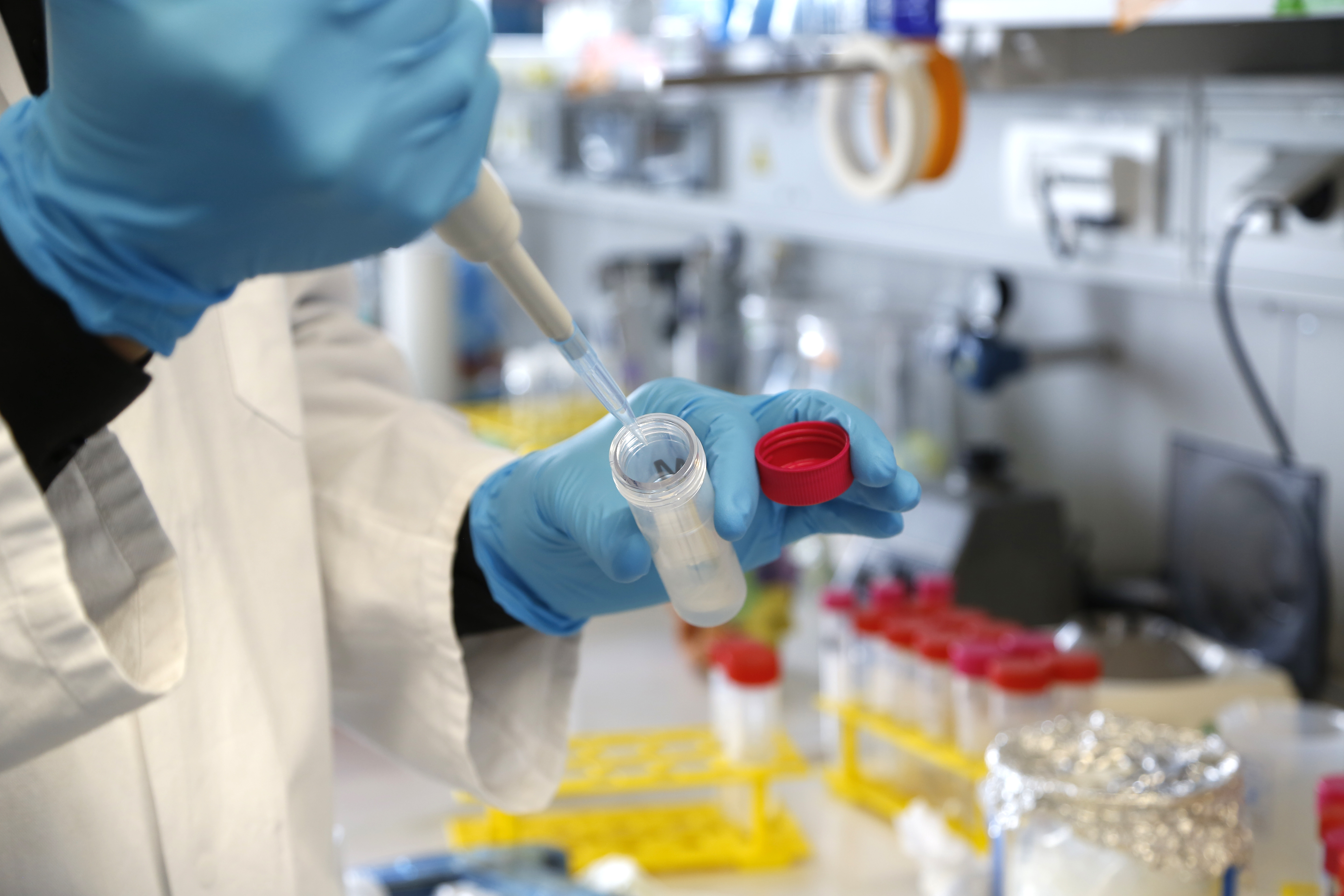A vector concept for a direct genotyping and a super-efficient production of homozygous transgenic lines in all diploid species
Abstract
Researchers from Goethe University developed a vector concept for a direct genotyping and a super-efficient production of homozygous transgenic lines. It applies to all diploid species, is cost- and time-efficient, non-invasive and less error-prone. It is based on two clearly distinguishable transformation markers embedded in interweaved, but incompatible Lox site pairs.
Project status
- The vector concept successfully established for insects
- Functionality proven in four independent successful experiments
- 15,000 individuals were generated, correctly genotyped and used to produce twenty homozygous transgenic lines
- Special solution for zebrafish
- Further development for multiple homozygous transgenic lines
Customer benefits
- Cost- and time-efficient systematic genotyping
- Non-invasive and less error-prone compared to PCR-based approaches
- Insertion locus can be unknown
- Shuttle-independent
- Compatible with CRISPR/Cas9
Invention
Transgenic organisms are used in cell- and developmental biology to study gene function, in pharmacology to produce protein-based drugs and in agriculture to develop resistances against pests and pathogens. Work with diploid transgenic organisms requires precisely defined genotypes. Commonly, transformation markers separate wild-type from transgenic individuals. Upon transgenesis, founders are outcrossed to obtain hemizygous progeny, which carries the transgene only on one chromosome. Crossing two hemizygous descendants results in only 25% homozygotes, which are indistinguishable from the 50% hemizygous progeny. Laborious assays, e.g. PCR-based approaches or test crossings, are necessary to separate homo- from hemizygotes.
In our AGOC vector concept, two clearly distinguishable transformation markers are embedded in interweaved, but incompatible LoxP and LoxN site pairs. Cre-mediated recombination results two types of hemizygotes, each carrying only one marker (Figure 1A). Pairing of these two types results in progeny whose genotypes are directly and unambiguously identified by considering the phenotype: (i) no marker indicates wild-types, (ii) one marker indicates hemizygotes and (iii) two markers indicate heterozygotes. A cross of two heterozygous partners results in homozygous descendants that are identified by the lack of one marker (Figure 1B).
Our AGOC vector concept simplifies ordinary rearing and experimental routines significantly, especially when (i) large numbers of homozygous transgenic lines have to be established, (ii) it is necessary to maintain the respective transgenic organisms for long time periods or (iii) the number of wasted individuals needs be kept as low as possible (3R guidelines). It works in all diploid species, e.g. almost all insects, rodents, fish as well as certain plants, and, with modifications, even in polyploid species, e.g. hexaploid wheat. Further, it synergizes well with targeted genome editing techniques, e.g. CRISPR/Cas9, since an AGOC cassette can simply be inserted into the target site via non-homologous end joining or homology-directed repair to facilitate genotyping of respectively engineered individuals.

Figure 1 – The AGOC vector concept. (A) Cre-mediated recombination leads to the excision of one of two clearly distinguishable transformation markers which are e.g. based on the fluorescent proteins mOrange and mCherry. (B) Crossing procedure to systematically create homozygous transgenic lines. The colored dots indicate the phenotype, while the gray boxes show the genotype. N, LoxN site; P, LoxP site.
